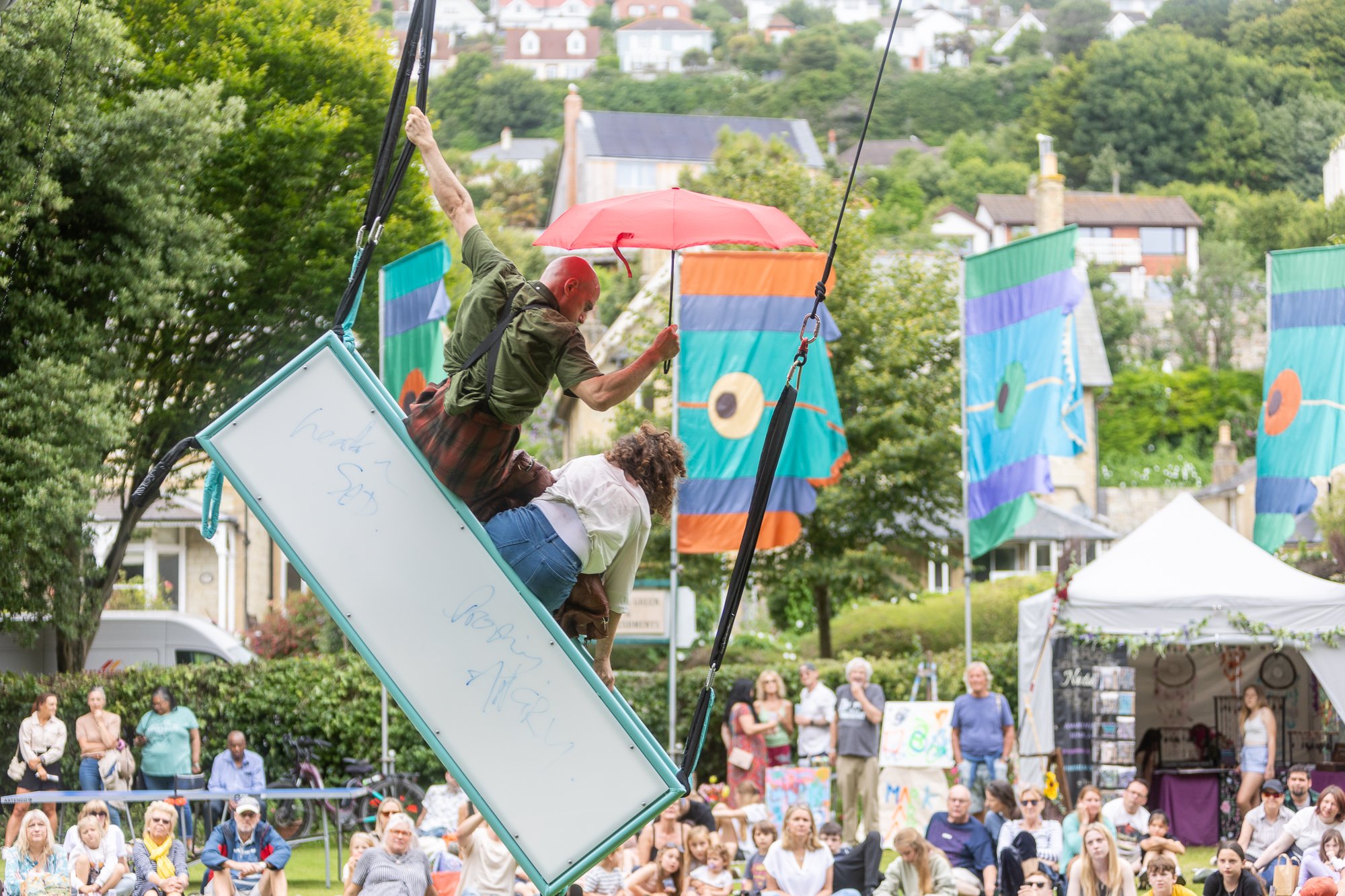
Hero street theatre at Ventnor Fringe, Isle of Wight
Photo: Julian Winslow
Celebrating the hyperlocal: Re-thinking the place of arts festivals
To mark the publication of a new report on the state of British festivals, Fiona Goh, director of the British Arts Festivals Association, argues festivals are a critical part of the national arts ecology.
The hilltop resort of Ventnor on the Isle of Wight’s most southerly tip is transformed every summer as a ten day festival of comedy, music, film and art takes over the town, doubling its population.
D...
Subscribe to read more
Get unlimited access to the latest news, features and opinion from the arts, culture and heritage sectors
Already subscribed? Log in
Usually have access through your university?
Join the Discussion
You must be logged in to post a comment.